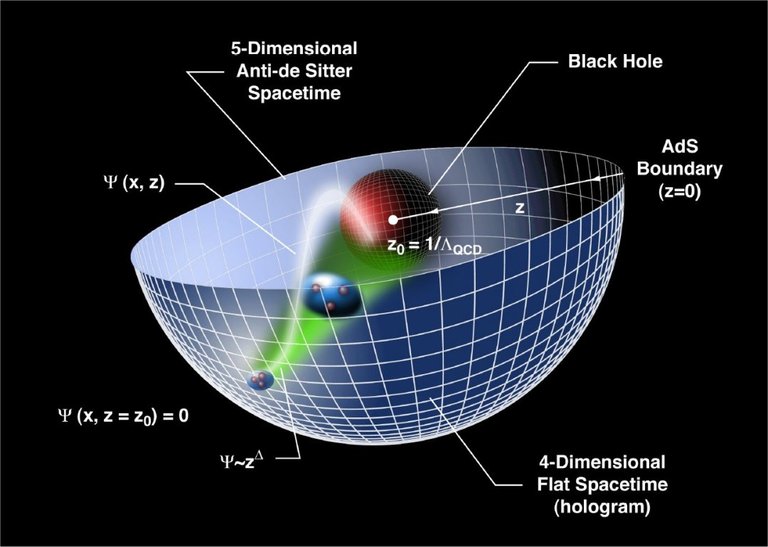Technology
Electric circuit will test whether gravity is quantum or not
Physicists have devised a new method to test in the laboratory whether the force of gravity is quantum or not.
And it is a multipurpose experiment: By allowing the modeling of a central theory of quantum gravity, the experiment could help not only decipher previously inexplicable phenomena, but could also improve computational circuits, such as neural networks.
#newsonleo #technology #gravity #space

Gravity isn't exactly a mystery as long as we stay at great distances: We can calculate the orbits of planets, send rockets into space with precision, and even map space superhighways. However, the theoretical description of gravity loses its explanatory power when we reach the level of the smallest particles, the so-called quantum level.
"To explain the Big Bang or the interior of black holes, we have to understand the quantum properties of gravity," explains professor Johanna Erdmenger, from the University of Wurzburg, in Germany. "At very high energies, the classical laws of gravity fail. Therefore, our goal is to contribute to the development of new theories that can explain gravity on all scales, including at the quantum level."
In terms of a theory of quantum gravity, what we have today is the so-called "AdS/CFT correspondence", which states that complex gravitational theories in high-dimensional space can be described by simpler quantum theories at the boundary of that space.
Don't be scared by the terms, you can understand them: "AdS" stands for "Anti-de-Sitter", a special type of space-time that is curved inwards, like a hyperbola. "CFT" is the acronym for "conformal field theory", a theory that describes quantum physical systems whose properties are the same at all spatial distances.
"This seems very complicated at first, but it's easy to explain," continues Erdmenger. "The AdS/CFT correspondence allows us to understand difficult gravitational processes, like those that exist in the quantum world, using simpler mathematical models. At its heart is a curved spacetime, which can be thought of as a funnel. The correspondence claims that the Quantum dynamics at the edge of the funnel must correspond to the more complex dynamics within it - in a similar way to a hologram on a banknote, which generates a three-dimensional image, although it is only two-dimensional."
All of these theories are very well founded mathematically, but it is necessary to test them in the laboratory, at least to know at what scale they begin to work or fail.
Professor Erdmenger's team is proposing a method to experimentally test predictions of the AdS/CFT correspondence that have never been previously confirmed.